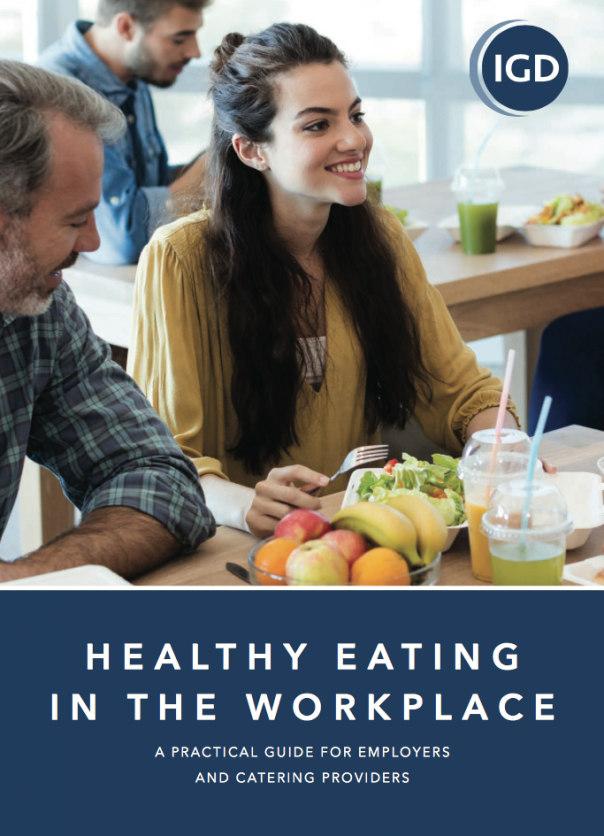
From this work it has today launched its guide for companies that it says will help the 4m people working in the food and grocery industry to improve their diet and eat well while at work.
Joanne Denney-Finch, chief executive of IGD, said: “There’s growing recognition that if you look after the wellbeing of your people, they will be healthier, happier, more productive and loyal, delivering better business outcomes.
“When we set out to promote healthy eating at work, we found there was little firm evidence to base our recommendations on.
“To fill this gap we partnered with the University of Cambridge, and have been supported by many food companies that volunteered to participate.
“Today, we’re sharing our conclusions, in the form of a practical guide, to inspire healthier eating at work.
“Our first aim is to help the millions of people that work along the food and grocery chain, but our recommendations apply to any workplace, so there is an even greater opportunity to motivate other sectors to follow our lead.”
She added that the background to the launch of the guide was research that showed 85% of consumers were aspiring to improve their diet and full-time workers consumed a third of their daily calories at work.
“Workplace restaurants have a big influence on dietary habits and health and this is why IGD, along with its research partner, the Behaviour and Health Research Unit (BHRU) at the University of Cambridge, has conducted one of the largest experiments in a real-life setting to test how to help people make healthier choices in workplace restaurants.”
Professor Dame Theresa Marteau, director of the BHRU, said: "With IGD we set up one of the most ambitious studies to date for healthier eating in the workplace.
“It has really helped us to expand the evidence base and understand the practicalities involved in making changes in real world settings."
The experiments, which took place between 2016 and 2018 at 19 workplace restaurants in 14 companies, involved 17,000 people. Three interventions were tested:
• Offering a balanced choice – restaurants adapted their range by increasing the proportion of healthier food and drinks to at least 50% for cooked meals, snacks and cold drinks
• Reducing the portion size of food for main meals, sides, desserts and cakes
• Calorie labelling – the calorie content of food and drink was labelled prominently where customers were selecting what to eat
Jon Woolven, Strategy and Innovation Director at IGD, said: “While the full statistical results are reported in a series of scientific papers by BHRU, our guide provides a summary.
“The strongest results, measured by reduction in calories sold, were achieved by adapting the range and reducing portion sizes.
“Calorie labelling was less conclusive but very popular with consumers at the restaurants involved and so we do recommend